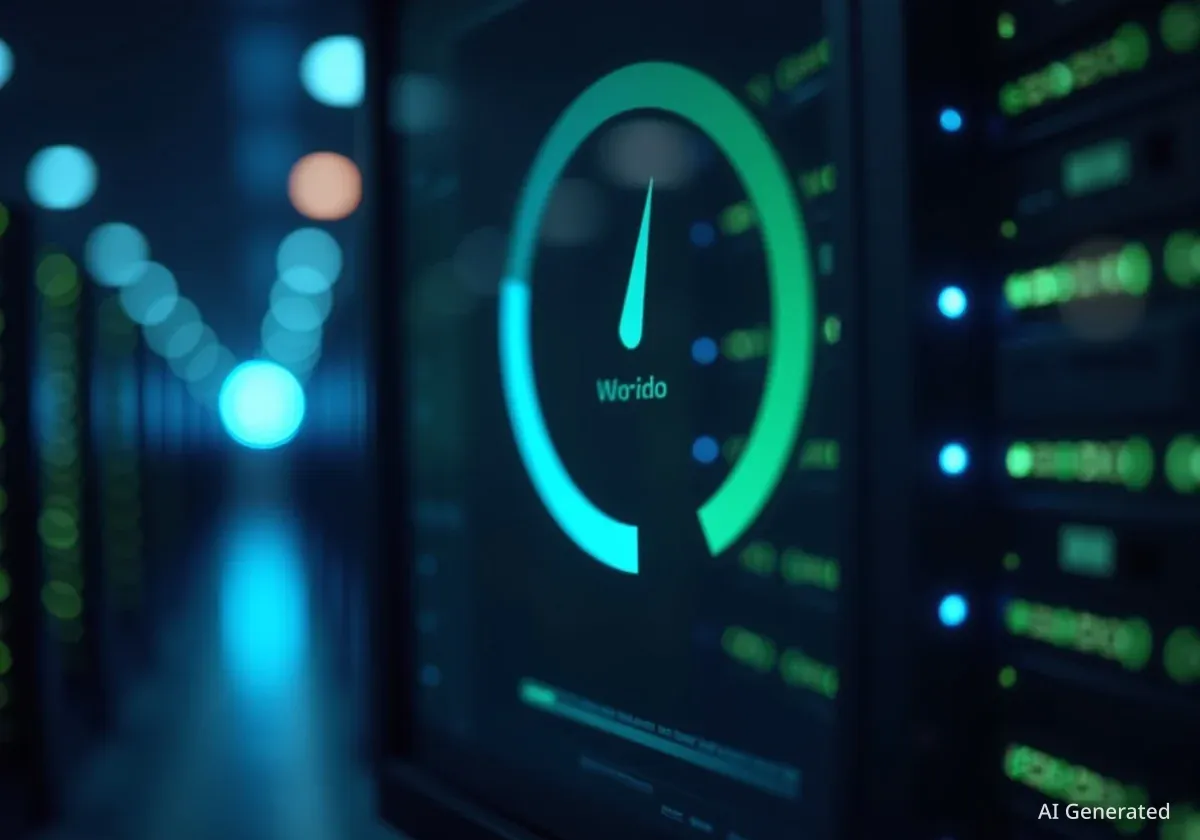Google has announced new advancements aimed at improving how images load on web pages. These updates are designed to make websites faster and more responsive, especially for users on mobile devices. The core focus is on optimizing the loading of 'above-fold' images, which are the images visible on a screen without scrolling.
The company's latest initiative addresses a long-standing challenge in web development: balancing rich visual content with quick loading times. Faster image loading directly contributes to a better user experience and can positively impact a website's search engine ranking.
Key Takeaways
- Google is enhancing image loading mechanisms for faster web pages.
- New methods target 'above-fold' images, prioritizing visible content.
- Improvements aim to boost user experience and search engine performance.
- The updates involve better tracking and handling of image rendering.
Understanding Above-Fold Image Optimization
Above-fold content refers to everything a user sees on their screen immediately after a web page loads, without needing to scroll down. For many websites, images form a significant part of this initial view. Optimizing these images is crucial because they are the first visual elements users interact with.
Google's new system identifies these critical images and ensures they load as quickly as possible. This approach helps create a perception of speed, even if other parts of the page are still loading in the background.
Did You Know?
Approximately 53% of mobile users leave a site if it takes longer than 3 seconds to load. Image optimization is a major factor in achieving faster load times.
How the New System Works
The updated mechanism involves a series of internal processes that track and prioritize image rendering. Specifically, Google is improving its ability to determine when an image is 'above-fold' and should be loaded with high priority. This is done by analyzing the image's attributes and its position within the document object model (DOM).
When an image is marked as 'above-fold' and does not have a 'data-noaft' attribute, the system checks if it is visible to the user. If visible, it is added to a queue for priority loading. This ensures that the most important visual content appears quickly.
"Our goal is to make the web a faster and more engaging place for everyone," a Google spokesperson stated. "These new image loading enhancements are a direct response to the growing demand for instant content delivery on all devices, especially mobile."
Impact on Web Developers and Publishers
For web developers, these changes mean a renewed focus on proper image tagging and lazy loading strategies. While the system aims to automate much of the optimization, developers can still influence performance by correctly using attributes like 'data-noaft' for images that are not critical for the initial view.
Publishers, particularly news websites and e-commerce platforms, stand to benefit significantly. Faster loading images can lead to higher engagement, lower bounce rates, and improved ad viewability. This translates into better overall business outcomes.
Background on Web Performance
Web performance has been a key focus for Google for many years. Initiatives like Core Web Vitals, which measure loading performance, interactivity, and visual stability, highlight the company's commitment to a high-quality user experience. Image optimization is a core component of these metrics.
Technical Details of the Update
The system utilizes JavaScript functions to monitor and record image loading. It identifies images that have a 'data-iml' attribute, which likely indicates an inline image or one with specific loading instructions. The system then determines if these images are visible within the user's viewport.
If an image is complete or already in the above-fold queue, it is processed. The system also tracks the maximum 'data-iml' value among above-fold images, suggesting a way to measure the completion of critical image rendering. If no images are found above-fold, a callback function 'c.onaft(f)' is triggered, potentially signaling the completion of the above-fold content load.
- Attribute Checking: Images without 'data-noaft' and with a 'src' attribute are candidates for above-fold optimization.
- Visibility Assessment: A function, likely 'c._isVisible', checks if an image is currently in the viewport.
- Prioritization Queue: Visible above-fold images are added to a list for accelerated loading.
- Completion Tracking: The system maintains a record of the largest 'data-iml' value, indicating progress.
Future Implications for Web Content
These enhancements are part of Google's ongoing efforts to create a more efficient web. As internet speeds vary globally and mobile usage continues to grow, optimizing every element of a web page becomes increasingly important. Images, often the largest assets on a page, are a natural target for these improvements.
The update also signals Google's continued emphasis on user experience as a ranking factor. Websites that load quickly and provide a smooth experience are likely to be favored in search results, encouraging developers to adopt best practices for performance.
This iterative approach to web performance ensures that as technology evolves, the underlying mechanisms for content delivery also adapt. The goal remains consistent: deliver information and visuals to users as fast and seamlessly as possible, regardless of their device or connection.





